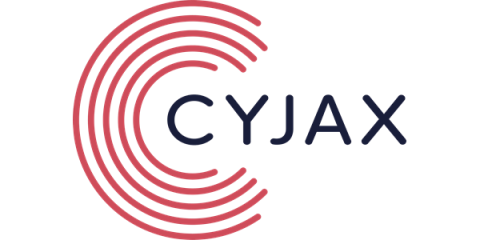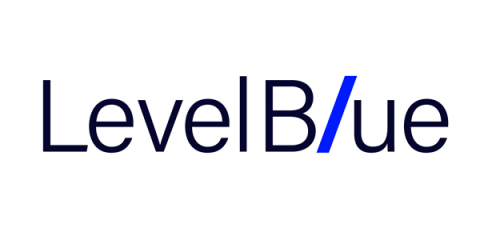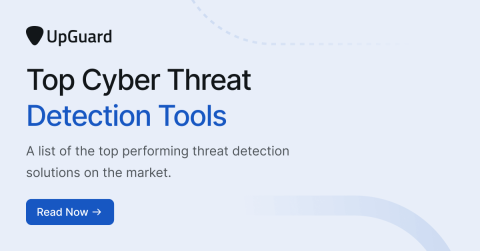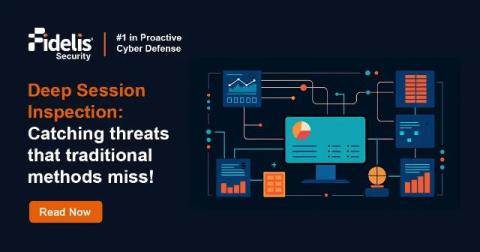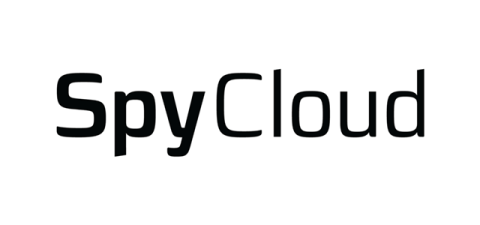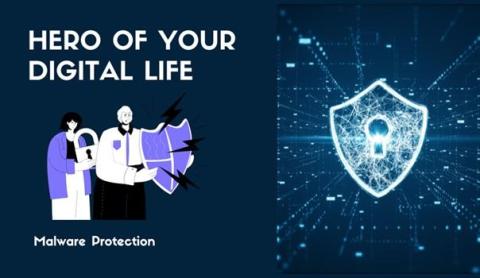Understanding Identity Threat Detection and Response
One of the largest data breaches of 2024 didn’t require advanced tactics, techniques, and procedures (TTPs), or an escalating chain of successful attacks. It simply required purchasing credentials on the dark web and using them to log in and steal data, once again highlighting the vital need for robust, proactive protection against the growing surge of identity-based attacks.




